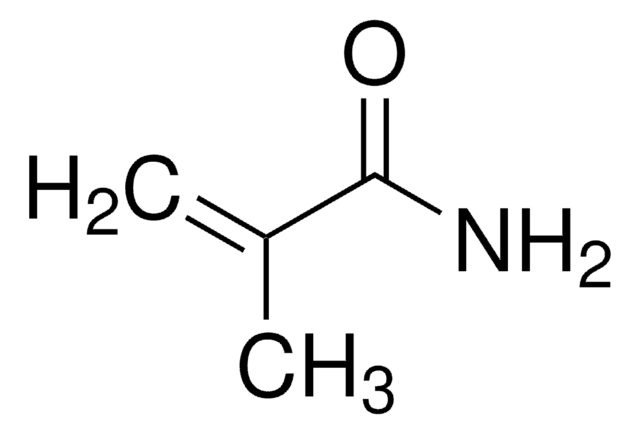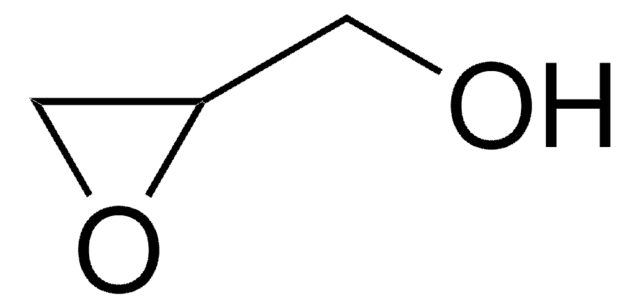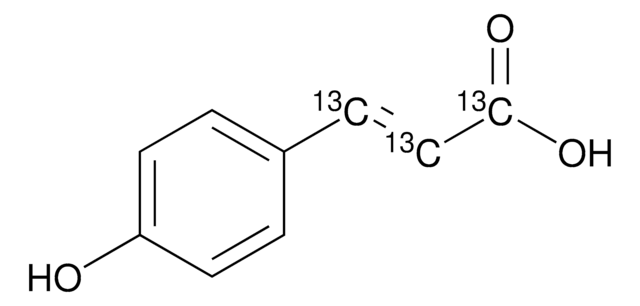04704
Glycidamid
analytical standard
Synonym(e):
Oxirancarboxamid
About This Item
Empfohlene Produkte
Qualität
analytical standard
Qualitätsniveau
Assay
≥95% (qNMR)
Haltbarkeit
limited shelf life, expiry date on the label
Anwendung(en)
environmental
Format
neat
Lagertemp.
2-8°C
SMILES String
NC(=O)C1CO1
InChI
1S/C3H5NO2/c4-3(5)2-1-6-2/h2H,1H2,(H2,4,5)
InChIKey
FMAZQSYXRGRESX-UHFFFAOYSA-N
Verwandte Kategorien
Allgemeine Beschreibung
Anwendung
Sonstige Hinweise
Signalwort
Danger
Gefahreneinstufungen
Acute Tox. 4 Oral - Carc. 1B - Eye Irrit. 2 - Skin Irrit. 2 - Skin Sens. 1 - STOT SE 3
Zielorgane
Respiratory system
Lagerklassenschlüssel
6.1C - Combustible acute toxic Cat.3 / toxic compounds or compounds which causing chronic effects
WGK
WGK 3
Flammpunkt (°F)
Not applicable
Flammpunkt (°C)
Not applicable
Persönliche Schutzausrüstung
Eyeshields, Faceshields, Gloves, type P3 (EN 143) respirator cartridges
Hier finden Sie alle aktuellen Versionen:
Besitzen Sie dieses Produkt bereits?
In der Dokumentenbibliothek finden Sie die Dokumentation zu den Produkten, die Sie kürzlich erworben haben.
Kunden haben sich ebenfalls angesehen
Unser Team von Wissenschaftlern verfügt über Erfahrung in allen Forschungsbereichen einschließlich Life Science, Materialwissenschaften, chemischer Synthese, Chromatographie, Analytik und vielen mehr..
Setzen Sie sich mit dem technischen Dienst in Verbindung.










